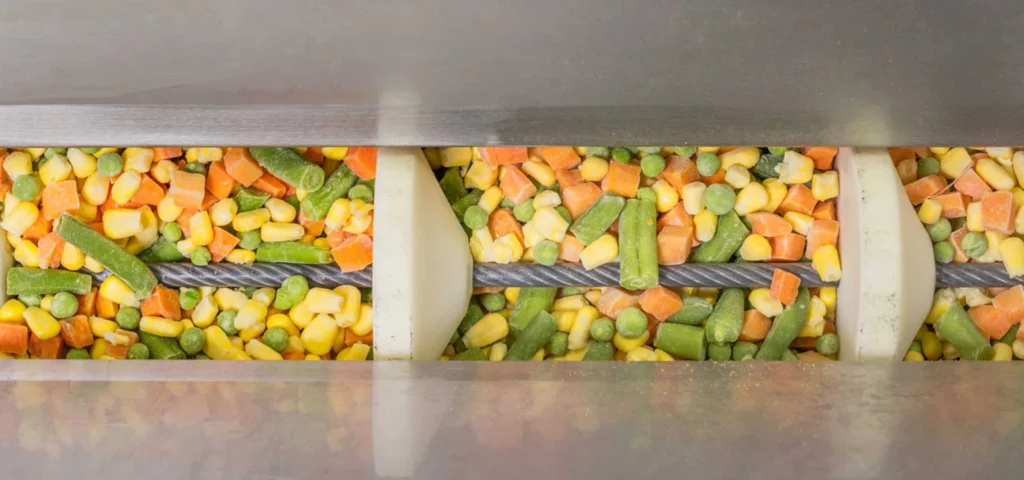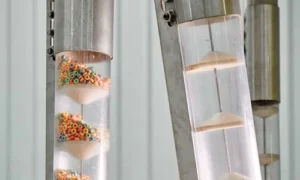Selecting a suitable conveyor system when transporting delicate materials like coffee, tea, and breakfast cereals is crucial. But how to choose the best conveyor system for fragile materials? Join us as we navigate the intricate landscape of conveyor engineering, manufacturing considerations, and advanced solutions, ensuring that every delicate cargo finds its way with utmost gentleness.
How to Choose the Best Conveyor System for Fragile Materials?
A conveyor system is a critical component of any factory. This is especially true when conveying fragile materials such as coffee, tea, beans, breakfast cereal, nuts, frozen fruits and vegetables, and similar. Gentle conveying is crucial because it protects these products from damage.
To choose the best automatic conveyor system, one needs to consider material properties, conveyor footprint, layout and modularity, environmental factors, cleaning difficulty, scalability, and conveyor cost.
Material Properties Will Help You Pick One of the Automated Conveyor Systems
First and foremost, you need to examine the characteristics of the material you wish to convey. How are these materials going to fare during transport? What are the best types of conveyors for them to be transported and packaged – tubular drag or conveyor belt systems? Consider properties such as:
- Particle size and shape,
- Weight of a single material unit,
- The level of sensitivity of the material, especially to temperature and humidity,
- Bulk material density,
- Moisture content,
- The angle of the slide,
- Drop testing data,
- The quantity you need to convey on a daily basis.
All of these properties are important in determining one of the best manufacturing conveyor systems to use. If the moisture content is low, like in coffee beans, for example, a conveyor with an enclosed tube will work just fine to protect it from changes in humidity.
Assessing Delicate Material Handling Through Drop Testing Data
Drop testing data is vital because of the delicate nature of the material, so you want to know what potential issues there are with your conveyor. Are there any places where your material is in free fall? How many drops will it take for a piece to break?
What if those pieces get stuck in between two gaps and are inaccessible because they’re too narrow or tall? How do you clean them out properly without damaging anything else on the conveyor system? Even though these seem like trivial questions at first glance, you’ll want to have a plan in place so you are prepared for any issue that may arise.
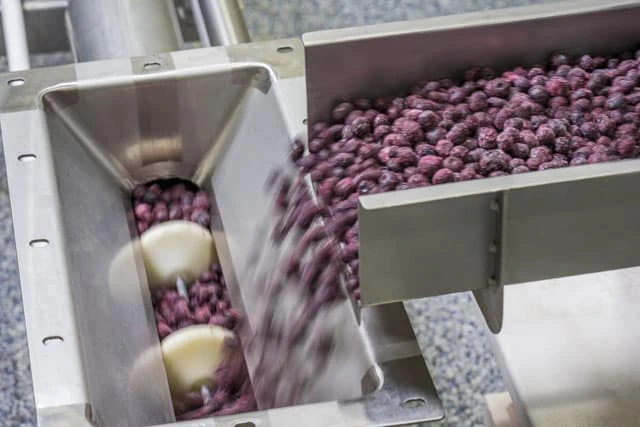
Conveyor Footprint, Layout, and Modularity Has to Balance With the Business Requirements
Fragile materials require special considerations in terms of material properties, but you must not neglect your business requirements, especially in the realm of conveyor manufacturing. To do that, be sure to answer some of the following questions:
- What is the size of the available floor space for your new conveyor?
- Do you expect to have significant inclines, or will you be dealing with high-to-low elevation changes?
- How long do your products move on the conveyor before they are offloaded or sent to another location?
- How many different types of materials can a single system accommodate without requiring an upgrade in size and price?
The goal here is not to find the cheapest option but rather one that meets all the requirements of the facility in terms of layout and capacity. Even though you shouldn’t go over your spending limit, you should also not pay for features that you don’t need.
Tailoring Modular Conveyors for Layout Precision and Enhanced Flexibility
A modular conveyor system, like a tubular conveying system with drag cables, offers an excellent solution for intricate layouts that may involve curves or alterations in direction. The essence of modularity lies in the ability to assemble the system as required without any specific component being indispensable for all configurations. This flexibility means that if a segment of the production process becomes outdated, there’s no need to replace the entire conveyor system.
Modular conveyors can be tailored to fit the exact layout of your facility, and they also offer the greatest degree of flexibility in terms of capacity. Tubular conveyor and belt conveyor manufacturers will often offer a free site survey to help you decide which option is best for your needs, so taking advantage of that service can save time and money down the road.
Facility Environment Has to Meet Certain Sanitary Requirements
Conveyed material should be protected from outside contamination, but the operating environment should also be protected from your materials. If the material is flammable, it should be handled in a dry, cool space. If it causes dust particles to disperse, it should be handled in a space with good ventilation.
In the food processing industry, the environment needs to meet strict sanitary regulations. With this in mind, open conveyors (such as bucket elevators and open belt conveyors) are not recommended, as they can create an environment that is difficult to keep clean. If any of these points are concerns for the facility or its operation, it’s best to choose a conveyor system with enclosed belts and containers.
This way, there will be no dust particles dispersed into the air, and materials won’t come in contact with outside elements. A closed belt conveyor system, wrap conveyor, and tubular cable drag system are reliable material handling conveyor solutions for moving fragile items while keeping them safe and clean. The inclusion of conveyor installation supervision further ensures the proper setup and functioning of these systems.
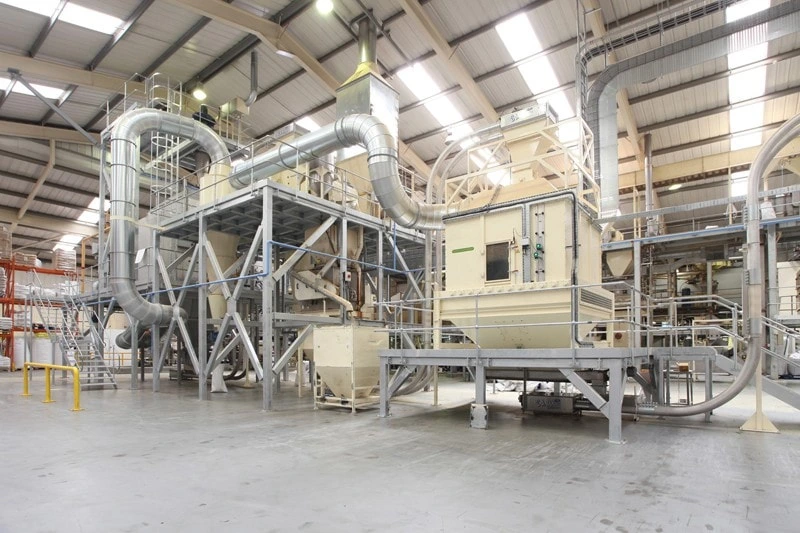
Cleaning and Maintenance Features Have to Be Efficient
The amount of cleaning and regular maintenance that your new conveyor requires is a significant factor to consider. How much time will be spent on cleaning and maintaining the conveyor every day or week, especially focusing on the conveyor belt system? How easy is it for a typical technician to fix any problems that might occur on your new systems, such as broken belts or rollers?
Your main concern should be the downtime that these processes demand. Conveyors that don’t have to be completely dismantled for cleaning and maintenance are the best bet since they can be quickly cleaned and easily fixed. That way, your production won’t have to be halted, and your machines will stay in use.
Another important factor to keep in mind is the ease of availability of replacement parts. If a part needs to be replaced, will you have the necessary parts on hand? How long does it take for a broken conveyor belt to arrive at your facility from an online retailer or supplier? Can they overnight the new part so that machines aren’t idled while waiting for a shipment of material? We do present quite a few questions here, but they are all important questions to ask before making a purchase.
Scalability of Industrial Conveyor Systems With Your Success
If your current production facilities are small, that doesn’t mean they will remain that way for long. You need a conveyor system that will grow with you. How many loading stations can the machine accommodate, and how does that break down in terms of weight capacity per station or modularity for other parts like belts?
When a company is successful, it is constantly expanding. In your decision-making process, think about what will happen when your company begins to grow. How big does the machine need to be to handle a large volume of materials? How modular is it so that you can add on additional components later as needed?
The Cost of Top-Notch Conveyor Technologies Is High But Worth It
Finally, the cost of the new conveyor system is a vital consideration. How much do you have to spend? Do you have several different manufacturers to choose from, or is it limited to one company? Again, these questions can be used in almost any scenario when purchasing a new system. It’s essential to ask yourself all of these different points to be fully informed about your purchase decision.
With conveyor systems, the general rule is that you “pay now or pay later.” If you go for a low-priced option just because it is cheaper, it will likely break down once the warranty expires. This is why so many people choose to pay a higher price upfront for a system that meets all their needs.
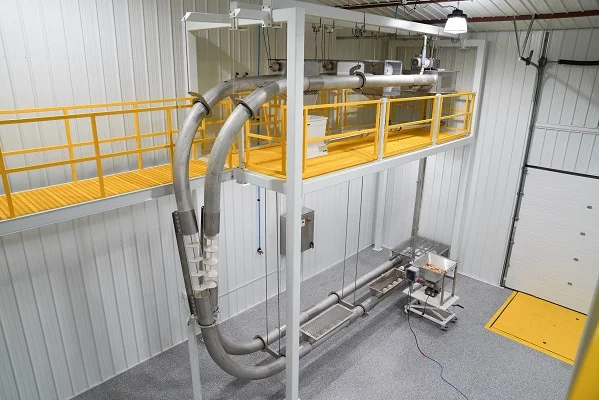
Cablevey Conveyors Is Among the Best Conveyor Systems Manufacturers for Handling Fragile Materials
The ability of a conveyor to handle delicate materials is only one side of the coin. Everything else is stacked on the other side and demands your equal attention. When choosing the right piece of equipment for fragile materials, you need to consider all of the factors we mentioned above.If you’d like some help making this important decision, don’t hesitate to reach out to Cablevey Conveyors. Let us know what type of fragile material you plan to process within your facility, and we will do our best to suggest a system that will work best for you.

